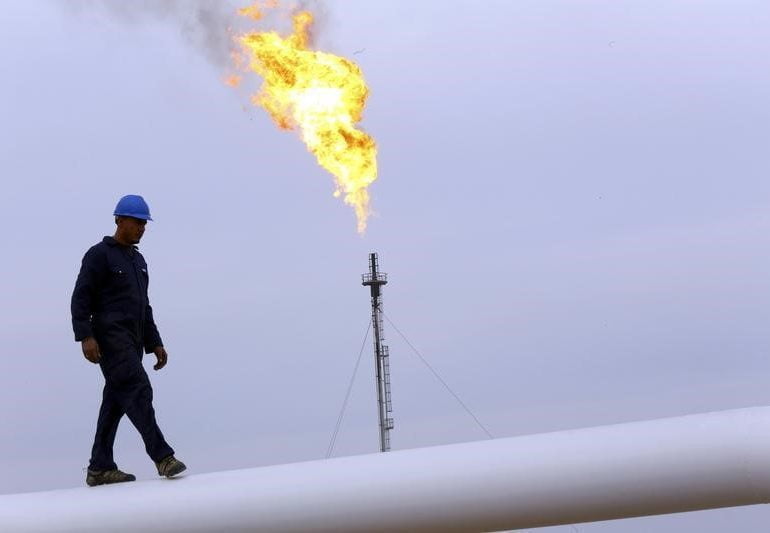Oil prices were headed for a second weekly loss on Friday as the Russia-Ukraine war premium dipped from its highs of two weeks ago. But keeping the market below $100 a barrel appears difficult, with neither side backing down from its tough stance despite being engaged in peace talks.
“Oil will remain a volatile trade in both directions, but the geopolitical risks don’t seem like they will be going away anytime soon, so $100 oil is likely here to stay,” said Ed Moya, head of U.S. research at online trading platform OANDA. He noted that Ukraine President Volodymyr Zelensky seemed determined in making his nation a full EU member while Russian leader Vladimir Putin accused his rival of delaying talks with unrealistic proposals.
Crude prices reached almost $140 a barrel in the first week of March at the height of geopolitical tensions from the war, and concerns over Western sanctions on Russia that disrupted even energy exports from Moscow — despite the measures being designed to specifically avoid sales of Russian gas, which Europe is highly dependent on. Only the United States has so far banned imports of both Russian oil and gas.
Earlier this week, oil prices fell almost as dramatically as they had risen previously, with U.S. crude reaching below $94 a barrel from a Ukraine-invasion high of $130.50, amid heightened efforts of diplomacy by negotiators and mediators in the conflict.
By Thursday though, it was clear that such peace overtures weren’t working as well as initially thought, and crude benchmarks sprung back to above $100.
In Friday’s trade, U.S. crude’s West Texas Intermediate, or WTI, benchmark was up $1.34, or 1.3%, at $104.32 a barrel. For the week, WTI was down 4.4%, after the previous week’s decline of 5.5%.
London-traded Brent, the global benchmark for oil, was up 80 cents, or 0.8%, at $107.44. Brent fell below $97 on Wednesday, compared with a March 7 high of $139.13. For the week, it was down 4.5%, following through with the previous week’s drop of 4.6%.
Aside from a war premium, there was also upward pressure on oil prices after the Paris-based International Energy Agency, or IEA, noted in recent days that some 3 million barrels a day of Russian crude production could be shut in from April, due to buyers’ reserve.
Western oil majors, including Shell (LON:RDSa), have said they won’t purchase Russian crude any more, while many more buyers are trying to find alternative sources to avoid the risk of violating U.S. sanctions unintentionally. By contrast, India’s plans to circumvent Western measures by trading in non-dollar currencies are still at an embryonic stage, analysts said.
But oil prices might still fall from demand destruction as gasoline at near record highs of above $4 a gallon at U.S. pumps discourages drivers in the world’s largest consuming country from filling up their tanks as often as a year ago, when regular automobile fuel was at around $2.50 a gallon.
The IEA, which looks out mostly for oil consuming nations in the West, suggested this week that a shift in consumption — not unlike the Covid-lockdown era — might be what’s needed to bring prices down.
“Reducing oil demand does not depend only on governments but also citizens and corporations,” Fatih Birol, executive director at the IEA, said. “Measures that they should take would include lowering speed limits, making people work from home, more public transportation and urban car-free days.”
Such measures could quickly cut oil demand by 2.7 million barrels a day, Birol said. Global oil demand stands at around 100.6 million barrels daily, with analysts estimating current shortfall at around 3.0 million to 5.0 million per day.
Leave a comment

